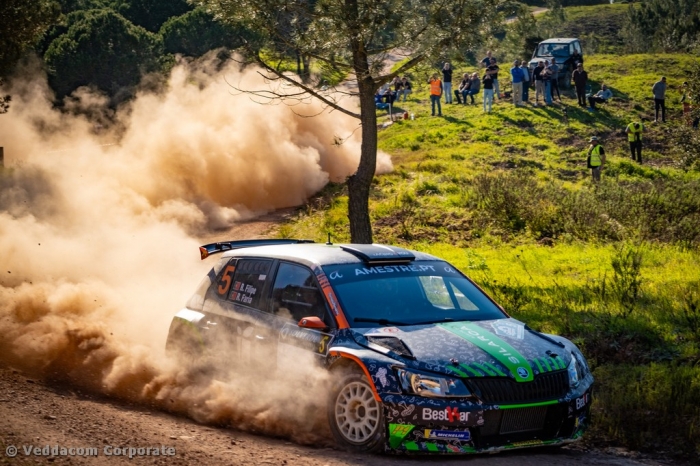Pedro de la Rosa, Team Ambassador
A thrilling, unforgiving racetrack that rewards skill and punishes mistakes, Suzuka is one of the great circuits in global motorsport.
As we kick-off the first triple-header of the 2025 season in the Land of the Rising Sun, former Formula One driver Pedro de la Rosa reveals how Lance, Fernando and the team will tackle this imposing circuit, from handling the fast and technical layout to the perpetual threat of variable weather.
What makes Suzuka such a thorough examination of a driver's skill?
"It's an old-school circuit, so there's no room for error. It’s narrow, there are gravel traps everywhere, and as a driver you know that if you make one mistake you could be off, but that makes it even more exciting to drive.
"There are a lot of high-speed corners, particularly in the first sector, which is the most challenging part of the lap for the driver and the car. The Esses at the start of the lap are a succession of corners in sixth gear where you are travelling more than 200km/h and you don't touch the brakes at all."
How physically demanding is a flying lap around Suzuka?
"The first half of the lap is extremely tough physically because you hardly touch the brakes.
"You are pulling 5G as you change direction at high speed and there's also elevation and compression as you climb the hill.
"You must be precise and very committed on the entries of the high-speed corners, but you have a long straight before 130R which provides a bit of let-up.
"That's the beauty of Suzuka. You hardly breathe in the first half of the lap and that's where the laptime is made, and then you can gather yourself momentarily before the rollercoaster ride starts again."
What do you need from the car's setup to be quick around Suzuka?
"You need a very responsive front end to deal with the change of direction. You need to make sure that the car is not lazy in the high-speed corners because, if it is, you will have to slow down your minimum speed to give time for the front to position itself in the corner.
"You need a very agile car, very stiff, and very pointy, but then you have to live with that as it'll be a nervous car in the medium to low-speed sections.
"That's part of the challenge but it has to be that way because if the car is not good in the high-speed corners you're going to damage the tyres and it will ruin your speed."
The threat of rain is never far away at Suzuka. How much does wet weather increase the challenge the drivers face?
"The difficulty at Suzuka probably triples in the wet because the high-speed change of direction remains but there's much less grip. On top of that, the surface water levels vary through the lap because of the elevation. A river always forms between Turns Six and Seven while 130R, easily flat in the dry for a modern F1 car, becomes a tough corner.
"It's a very difficult track in the wet but it's great to drive because of the different lines you can take. In the dry there's only one line and you have to go where the rubber is but in the wet it's the opposite. You have to explore where the grip is every lap and where there is less water. You have to be an artist in the wet, crafting different ways of going fast."
The Japanese Grand Prix is famed for its atmosphere generated by the local fans and will be a home race for our team from 2026 as we begin our works partnership with Honda. What can we expect from our reception trackside this year and in the future?
"The Japanese fans have always treated us well and I expect that to grow even more from next year.
"The amount of support you receive and their memories of your past achievements is special and this is something for our team to build on as we enter our works partnership with Honda. I'm sure the Japanese fans will be very supportive of Aston Martin Aramco for many years. It will be a new era for us and we're excited about it."
Finally, Japan marks the start of the first triple-header of the season, following a flyaway double-header in Australia and China. As a driver, what did you do to manage the busy schedule?
"Every driver is different. You just have to make sure that when you jump in the car for the next race weekend you are fully committed and in perfect shape.
"Sometimes, it is more important to be psychologically ready than anything else and drivers have different ways to ensure that happens.
"Having one week break, as we have had between China and Japan, is more than long enough to go back home and get your energy levels back to maximum. It's vital with 24 Grands Prix to make sure you pace yourself and break double- or triple-headers up as much as possible because they are so demanding."












